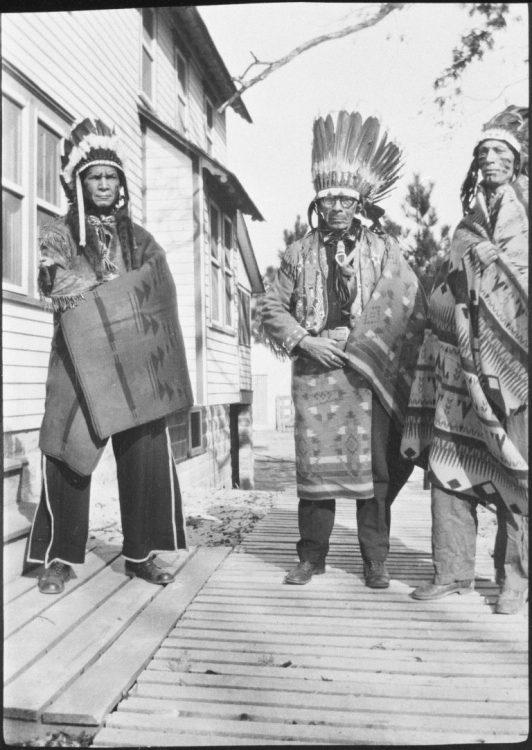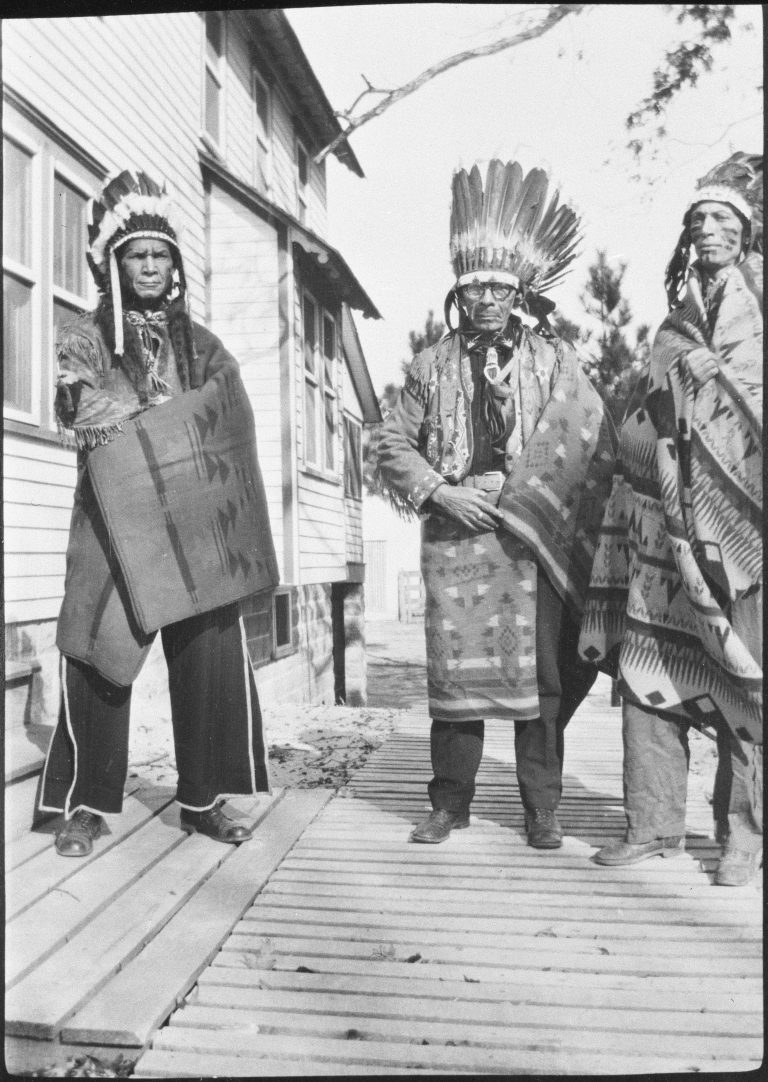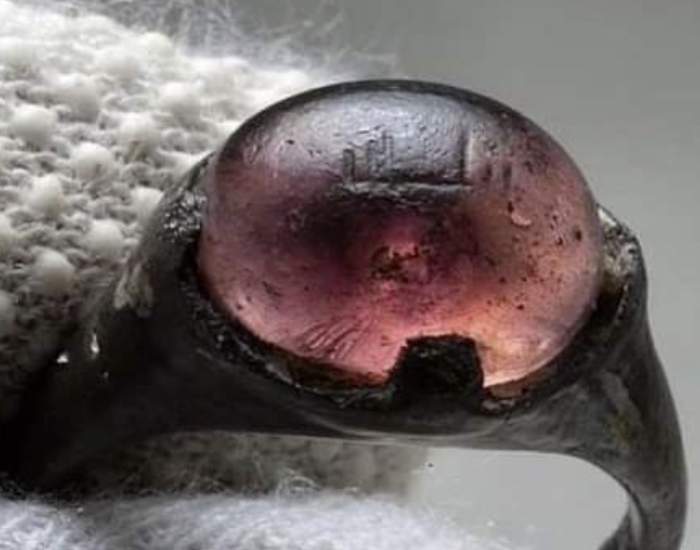Rappahannocks were small, Algonquian-speaking Native American group that lived on the Rappahannock Peninsula in the Tidewater area of eastern Virginia. The Rappahannocks’ principal village was at Cat Creek Point on the north side of the Rappahannock River.
The Rappahannocks had a lifestyle similar to that of other eastern and northeastern woodland American Indians. They lived in small villages built in clearings that contained about 200 people. The men engaged in hunting and fishing, and the women grew corn (maize) and other vegetables. Crops were gathered and stored in hand-woven baskets.
The men used flint knapping to create arrowheads for hunting and for war. In the late spring and summer of 1608, Captain John Smith sailed west from the new English colony at Jamestown to explore, going up the great rivers that empty into the Chesapeake Bay. One of these tributaries was the Rappahannock River. Smith explored the Rappahannock roughly 130 miles from the Chesapeake Bay to the fall line.
On his journey, Smith was entertained by a group of friendly natives called the Moraughtacunds. They advised him not to go to the Toppahanocks (Rappahannocks), who were deemed, dangerous people. Furthermore, they claimed that the Rappahannocks would slay the Moraughtacunds if they discovered that they had helped Smith.
Smith ignored the Moraughtacunds’ warnings, and he sailed to a place where some Rappahannocks were located. The encounter turned violent. Smith recorded that one of the Rappahannocks was killed and one colonist was shot with an arrow. The Rappahannocks were at the time a member of the Powhatan Confederacy, put together by Chief Powhatan. He had inherited dominion over six native peoples—the Arrohattocs, the Appomattocs, the Mattaponis, the Pamunkey, the Powhatans, and the Youghtanunds.
He had then by various means added 25 more tribes to the confederation. Each of the 31 tribes forming the Powhatan Confederation was ruled by a werowance or chief. They in turn were subject to Powhatan. The Rappahannocks participated in the native attacks on the colony of Virginia in 1622 and again in 1644.
In addition, there was specific trouble with the Rappahannocks in 1655. By then, English Recruitment 675 settlers had begun to encroach on Rappahannock lands. In 1656, the Virginia House of Burgesses ordered a march against the Rappahannocks. One hundred seventy men took part in the raid. The attacks caused serious damage to Rappahannock villages.
That same year, the English signed a treaty with the Rappahannocks, delineating territories. It was almost immediately ignored, however, by settlers moving west. By the late 1660s, the Rappahannocks had been forced to give up their lands guaranteed by the treaty and began to move toward the falls of the Mattaponi River. In the 1670s and 1680s, the war between the Rappahannocks and white settlers resulted in many deaths and forced migration of the Rappahannocks even farther west.
The Virginia-Indian Treaty of 1677/1680 made the Rappahannocks tributaries to the English Crown and subservient to the Pamunkeys. That arrangement lasted for less than a year, however. By the 1680s, the Rappahannocks had retreated to a reserve along the Portobago Bay. In the early 18th century, the Rappahannocks had dwindled to maybe fewer than 50 families, nearly all of whom were living in Virginia’s Essex County.
Read More – Just War Theory







